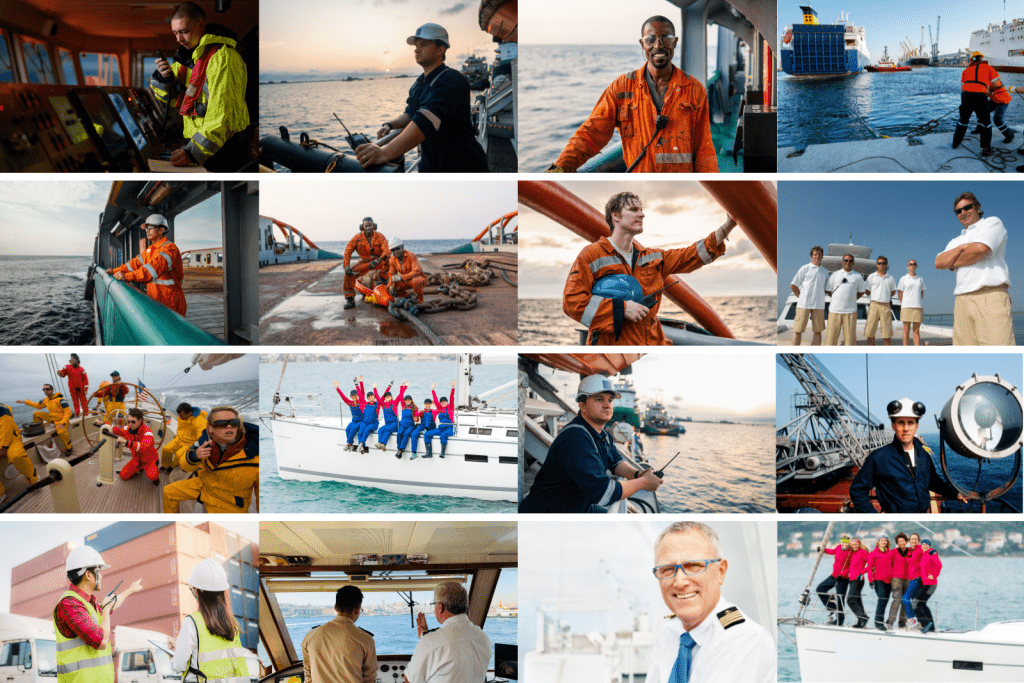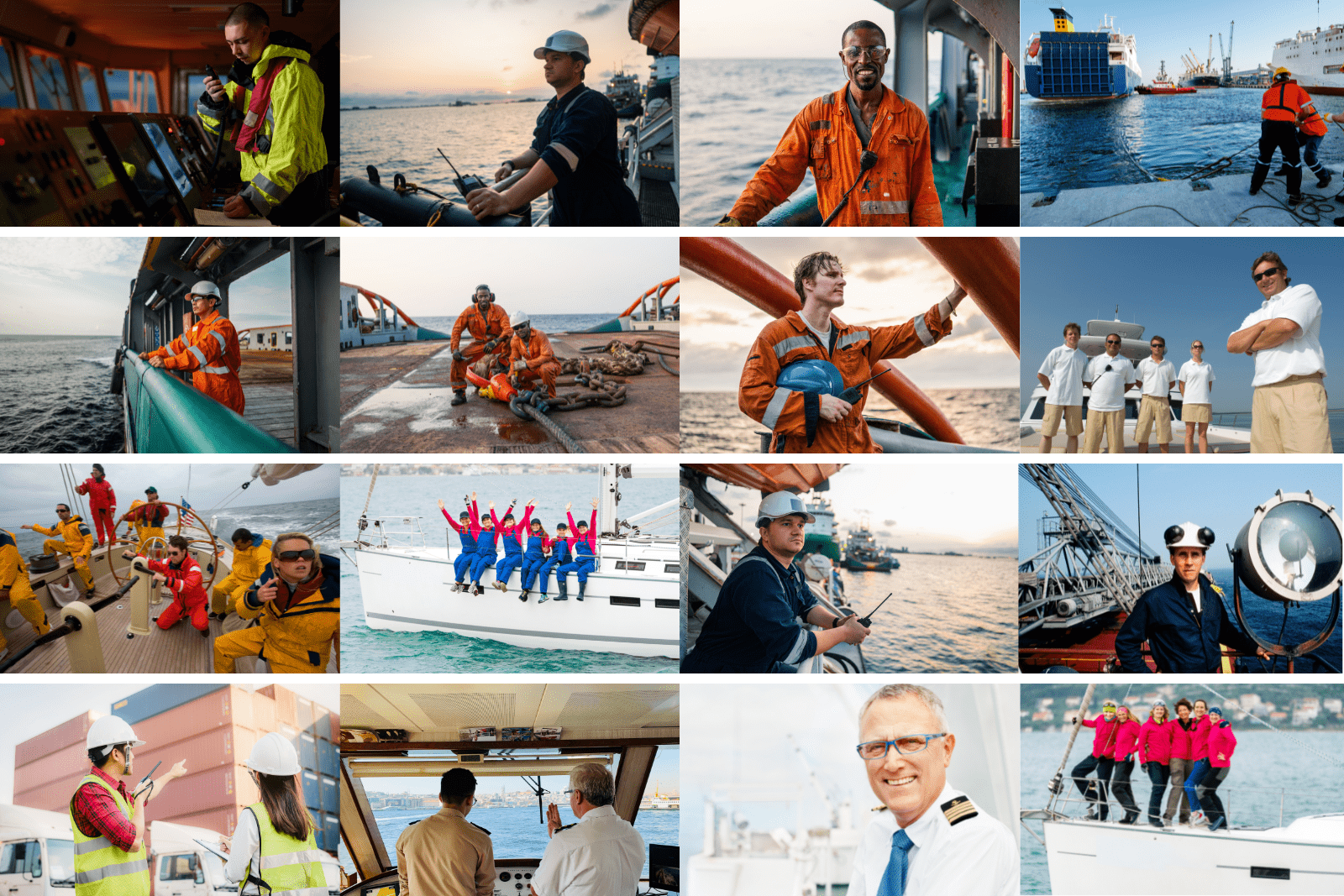Seaspeak. Confusion and miscommunication can lead to serious and dangerous situations. Having a universal language that can be understood will improve safety and efficiency onboard a ship.

Where did Seaspeak come from?
In 1983 a group of linguists and shipping experts created a new system of communication called Seaspeak. English was chosen as the principle lexicon for Seaspeak because it was the most common language spoken on ships at that time, and, importantly, it was also the language of civil aviation. In 1988, the International Maritime Organisation made Seaspeak the official language of the seas.
The rules of Seaspeak
Seaspeak defines the rules of how to talk on a ship’s radio. The number of words is limited to ensure that messages and conversations are short and clear. Eight words, called message markers, precede each sentence. These words are Advice, Answer, Information, Instruction, Intention, Question, Request, and Warning.
An important rule of Seaspeak is that numbers made up of two or more digits are spoken in single digits. For example, the number 33 is spoken as “three three” and the time 9:33 a.m. is spoken as “zero nine three three.” Coordinated Universal Time—the primary time standard or international time scale by which the world regulates clocks and time—is always used at sea.
Why do we need Seaspeak?
In October 1997, the Thai-registered crude-oil tanker, Orapin Global collided with Cyprus-registered tanker, Evoikos. More than 28,000 tonnes of marine fuel oil spilled into the sea when the vessels collided in the Singapore Strait. It took 650 people and 90 anti-pollution craft three weeks to clean up.
Upon review it was evident that both ships had limited English language skills. In the 1970’s 80% of the ship’s crews were native English speakers, however this has now reversed and today 80% of ship’s crews do not speak English as a first language. This has put more efficiency on having a universal maritime language that can be understood by everyone.
Solarglide Limited is an international maritime blinds manufacturer providing manual and motorised blinds and window shading solutions for yachts and super yachts. Yacht builders, charterers and yacht owners select Solarglide, providing high quality products and solutions, great customer service and reliable on time deliveries. Find out more at
Solarglide Home Page or Contact : [email protected]
Other titles on our blog that may find interesting :
Solarglide brings Type Approved Products



